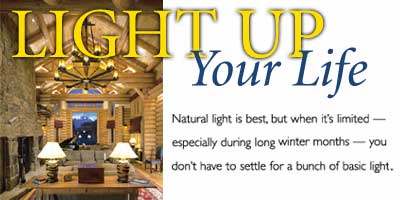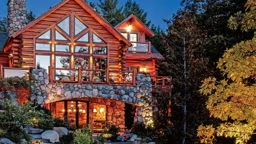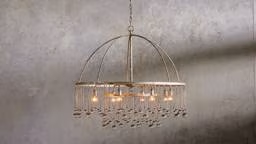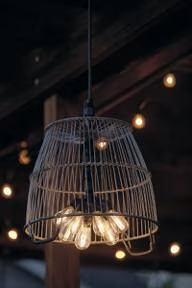 By Teresa Hilgenberg We need light. It's a fact of life. But we don't have to accept it as a utilitarian necessity without style or form. On the contrary, light ? whether natural or manufactured ? can do more to establish comfort, set a mood or determine a room's function than any other design element. And that's why you have to start thinking different. Lighting is a design element. It's not just bedside lamps and overhead fixtures in the middle of the room anymore. If you're not sure, think about how you react to changing light levels the next time you're in a room filled with morning light as it transitions first to soft, shadowy afternoon light and then the total darkness of night. What do you notice? That you react to the changing light. No other visual stimulant has the power to elicit so many emotions. When a room darkens, we feel comfort, fear, energized. When a room brightens, we feel relief, alarm, energized. First and foremost, your home's lighting plan should be functional, but that doesn't mean you have to sacrifice form. Look beyond function to aesthetics which. The right light can create or capture a whole range of moods. And, lighting allows you to add a personal touch to every room. Lighting, Room By Room No two rooms are alike. Even bedrooms ? say, a master bedroom and a child's room ? are used very differently, and by very different users with varying needs. That's why it's essential that each room has its own lighting plan designed with the user and function in mind. Following are tips compiled from lightbulb manufacturer Sylvania, retailer IKEA and bobvila.com; use them when designing a lighting plan for various rooms in your log home. Kitchen
|
Lighting Basics for Log Homes
Natural light is best, but when it's limited—especially during long winter months—you don't have to settle for a bunch of basic light.




_11868_2023-04-18_10-31-256x288.avif)






